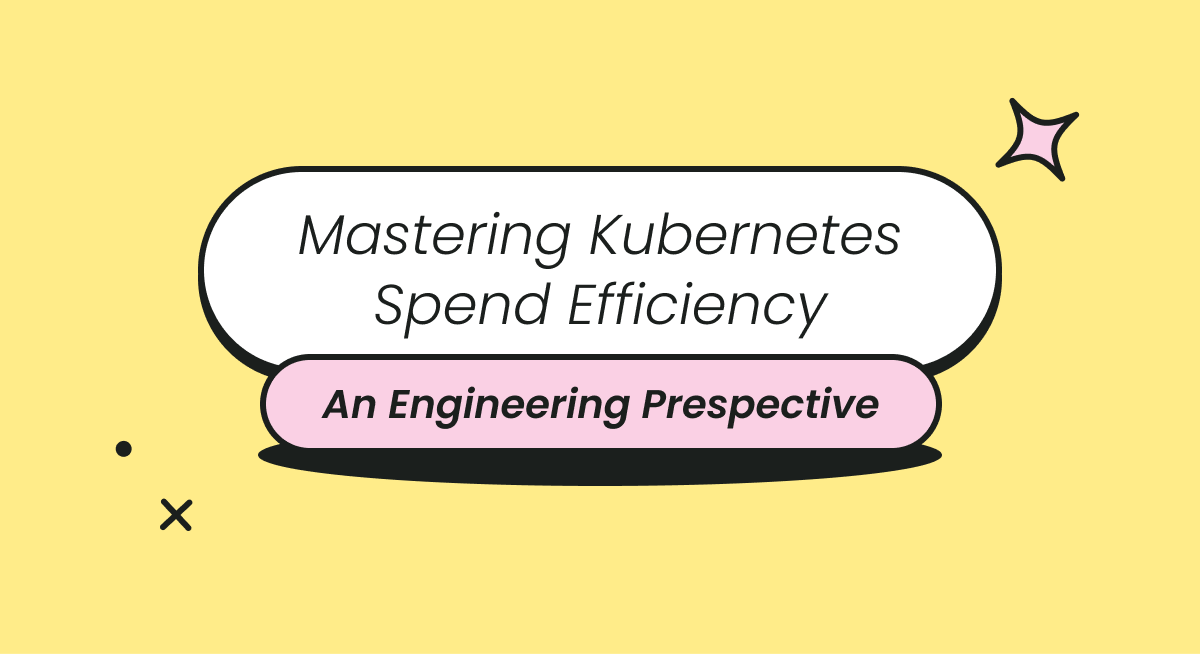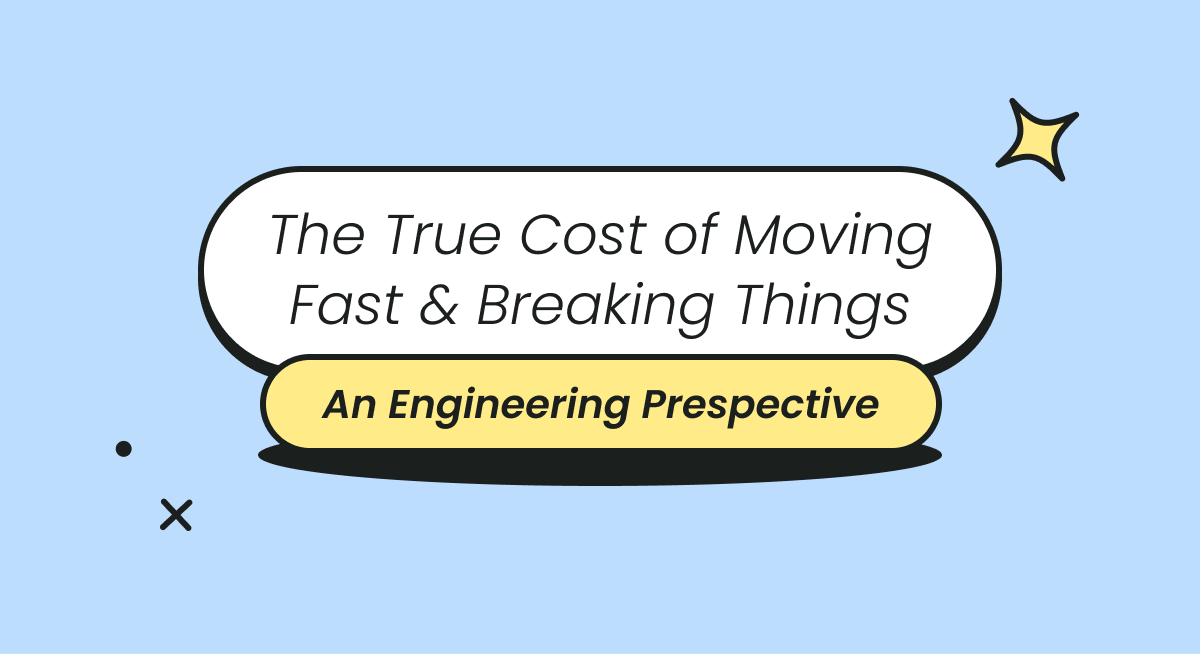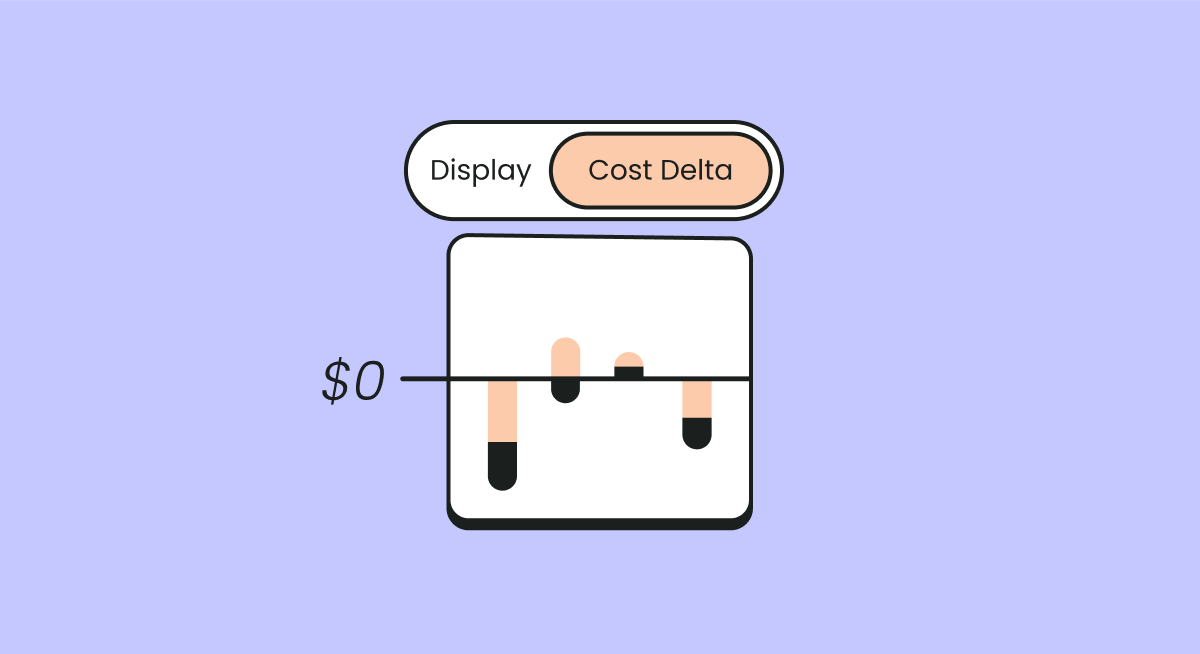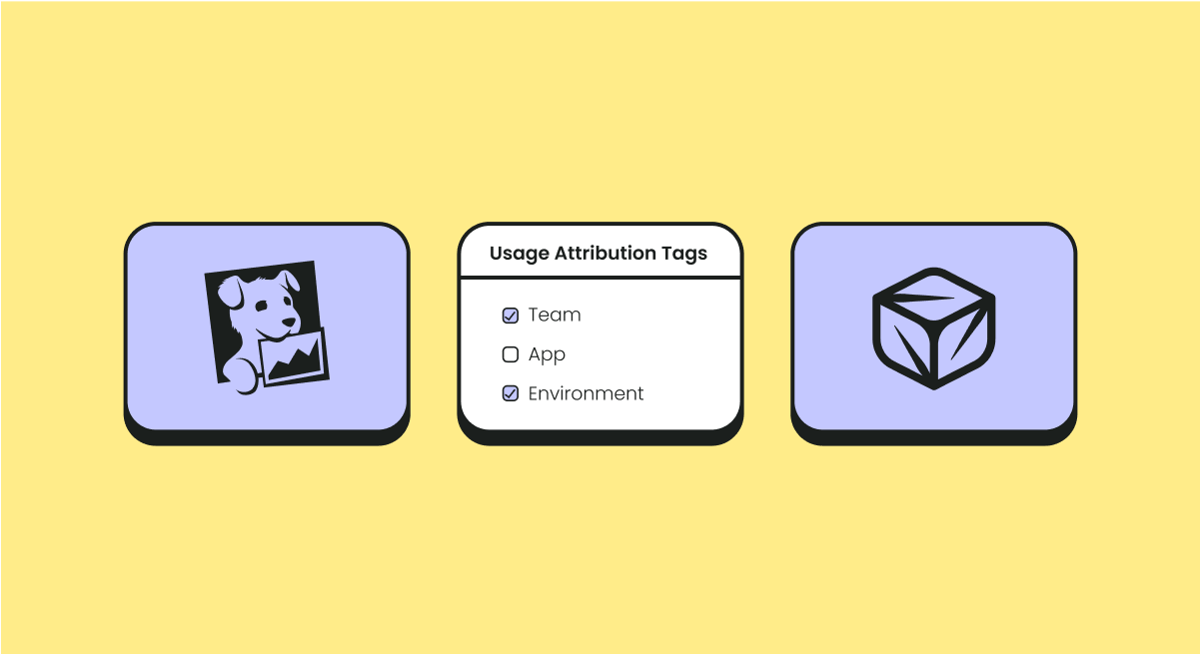
Azure cloud expenses can quickly add up if not managed properly, and Azure’s wide array of services can make cost management feel overwhelming. This blog focuses on essential Azure cost optimization tools and practices that can help you stay on top of your spending. We’ll walk you through tools like Azure Cost Management and Billing, Azure Advisor, and Spot Virtual Machines, offering practical tips to optimize your budget and enhance your cloud efficiency. Let’s dive into how you can take control of your Azure costs and get the most out of your investment.
What Are Azure Cost Optimization Tools?
Azure cost optimization tools are a suite of services and features provided by Microsoft Azure to help organizations monitor, manage, and reduce their cloud spending. These tools offer insights into resource usage, identify cost-saving opportunities, and ensure that cloud expenses align with the organization's budget and financial goals. By leveraging these tools, organizations can achieve better financial control, operational efficiency, and strategic planning.
Why Is It Important to Optimize Azure Costs?
Optimizing Azure costs is crucial for organizations leveraging cloud services to maximize the value of their investments. Effective cost management prevents overspending, improves budget forecasting, and allows for more efficient resource allocation. Additionally, it provides visibility into spending patterns, enabling better decision-making and strategic planning. Without proper cost optimization, businesses risk facing unexpectedly high cloud bills, which can impact their financial health and ability to invest in other critical areas.
Azure Cost Optimization Tools and Services
- Azure Cost Management and Billing
Azure Cost Management and Billing is a comprehensive tool that allows you to track and manage your Azure spending. It provides detailed reports and insights into your cloud expenses, helping you understand spending patterns and identify cost drivers. With Azure Cost Management and Billing, you can set budgets and monitor your spending against these budgets, ensuring you stay within your financial limits. This tool also enables you to analyze cost trends over time, helping you forecast future expenses and make informed budgeting decisions.
- Azure Advisor
Azure Advisor is a personalized cloud consultant that provides best practices and recommendations to help you optimize your Azure resources. It analyzes your configurations and usage patterns to identify opportunities for cost savings, performance improvements, and enhanced security. Azure Advisor helps you make informed decisions to optimize your cloud environment. For example, it might recommend resizing or shutting down underutilized virtual machines, enabling you to cut unnecessary costs while maintaining performance.
-
Azure Pricing Calculator
The Azure Pricing Calculator is a powerful tool that allows you to estimate the cost of Azure services based on your specific usage scenarios. By inputting details about your anticipated usage, you can get an accurate estimate of your monthly costs. This tool helps you plan your budget and choose the most cost-effective solutions for your needs. It also allows you to compare different configurations and pricing options, ensuring you select the best fit for your organization’s requirements.
-
Azure Monitor
Azure Monitor provides full-stack monitoring for your applications and infrastructure. It collects and analyzes telemetry data from your Azure environment, helping you identify issues and optimize performance. By providing insights into resource utilization, Azure Monitor enables you to make data-driven decisions to reduce costs and improve efficiency. For instance, you can monitor the performance of your virtual machines and scale them based on real-time demand, preventing over-provisioning and reducing wastage.
- Azure Resource Graph
Azure Resource Graph is a powerful query tool that allows you to explore and analyze your Azure resources. It helps you understand the relationships and dependencies between your resources, providing insights into how they are being used. By leveraging Azure Resource Graph, you can identify underutilized resources and take action to optimize your environment. This tool is particularly useful for large organizations with complex Azure deployments, as it provides a clear and comprehensive view of resource usage and allocation.
Best Practices for Azure Cost Optimization
1. Tag Your Azure Resources
Tagging your Azure resources is essential for effective cost management. By assigning tags to your resources, you can categorize them by department, project, or environment. This makes it easier to track costs, allocate expenses accurately, and identify areas for optimization. For example, you can tag resources by project name to monitor project-specific expenses or by environment (development, testing, production) to differentiate between various stages of deployment.
2. Utilizing Azure Budgets and Alerts
Setting up budgets and alerts in Azure Cost Management helps you stay on top of your spending. You can define budget thresholds and receive notifications when your spending approaches or exceeds these limits. This proactive approach allows you to take corrective actions before overspending occurs. For instance, if your monthly budget for a specific service is about to be exceeded, you can receive an alert and take immediate steps to reduce usage or reallocate resources.
3. Set Up VM Autoscaling
VM autoscaling allows you to automatically adjust the number of virtual machines based on demand. By scaling up during peak times and scaling down during low usage periods, you can optimize resource utilization and reduce costs. Autoscaling ensures that you are only paying for the resources you need when you need them. This dynamic adjustment helps maintain performance while minimizing costs, particularly for applications with variable workloads.
4. Leveraging Azure Hybrid Benefit
Azure Hybrid Benefit allows you to use your existing on-premises licenses to save on Azure costs. By taking advantage of this benefit, you can reduce the cost of running Windows Server and SQL Server workloads in Azure. This is a great way to maximize the value of your existing investments and lower your cloud expenses. It enables you to apply your Software Assurance-enabled licenses to your cloud environment, thus leveraging your existing investments for cost savings.
5. Leveraging Azure Hybrid Benefit
Azure Spot Virtual Machines (Spot VMs) allow you to take advantage of unused Azure capacity at a lower price. These VMs are ideal for workloads that can tolerate interruptions, such as batch processing or development and testing environments. By using Spot VMs, you can significantly reduce your compute costs. Spot VMs offer substantial discounts compared to on-demand VMs, making them a cost-effective option for non-critical or flexible workloads.
Conclusion
Optimizing Azure costs is essential for maximizing the value of your cloud investments. By leveraging Azure's cost optimization tools and following best practices, you can effectively manage your cloud spending, improve resource utilization, and achieve your financial goals. Start by exploring Azure Cost Management and Billing, utilizing Azure Advisor, and implementing the best practices outlined in this guide to ensure your Azure environment is both cost-effective and efficient.
The combination of Azure's cost optimization tools and best practices provides a powerful framework for managing cloud expenses. By adopting these strategies, you can not only reduce costs but also enhance the overall efficiency and performance of your Azure environment. Start optimizing today and make the most of your cloud investment.








